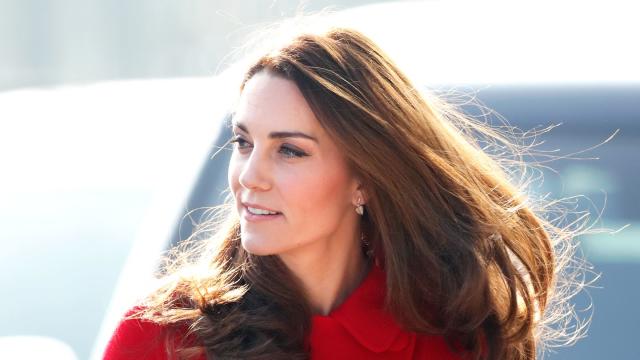The Monarch's Involvement Reflects His Attention to Detail and Desire for a Positive Legacy
King Charles has made a significant change to the design of the new batch of currency, reflecting his deep involvement in how he wants his reign to be remembered. The monarch took an active role in the process, making adjustments to ensure the final design was free from any elements he considered "unlucky."
As the Royal Mint prepared to launch the first set of coins bearing King Charles' image—marking a new era following Queen Elizabeth II's passing—the King noticed an issue with the design. The coins, which had been praised for their references to the UK's flora and fauna, also featured the letter "C" for Charles. However, the King was concerned that the "C" at the bottom of the coin resembled an upside-down horseshoe, traditionally seen as a symbol of bad luck.
Gordon Summers, Chief Engraver at the Royal Mint, revealed that Charles was "heavily involved" in the design process, noting that the King insisted on altering the "C" to avoid the unlucky appearance. In folklore, an upside-down horseshoe is thought to reverse its luck-bringing powers, a belief that Charles clearly wanted to avoid in this symbolic representation of his reign.
After making the necessary changes, the new designs were unveiled, and the £1 coin emerged as a public favourite in a poll conducted by the Royal Mint. This careful attention to detail underscores King Charles' commitment to ensuring that every aspect of his reign, down to the smallest detail, reflects positively on his legacy.












